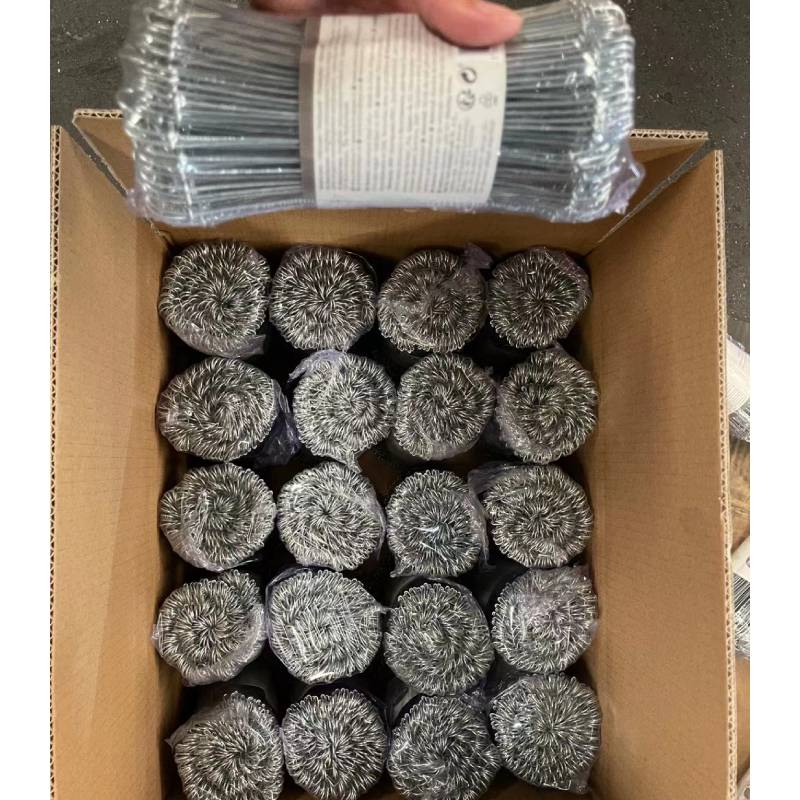
- Mobile Phone
- +8613931874955
- sales@cntcmetal.com
Metal Compression Springs - High Quality & Custom Solutions
Understanding Metal Compression Springs
Metal compression springs are vital components in various mechanical applications, playing a crucial role in absorbing shock, storing energy, and providing support in a wide range of devices. These springs are designed to compress under axial loads, allowing them to return to their original shape when the load is removed. Their unique functionality and versatility make them indispensable in industries such as automotive, aerospace, electronics, and manufacturing.
The construction of metal compression springs usually involves high-quality spring steel, stainless steel, or other alloys that ensure durability, strength, and resistance to fatigue. The choice of material greatly influences the spring's performance and lifespan. For example, stainless steel springs are often used in corrosive environments due to their rust-resistant properties, while carbon steel springs are preferred for their cost-effectiveness and mechanical strength.
When designing a metal compression spring, several factors must be considered, including wire diameter, spring diameter, number of coils, and overall length. These parameters directly affect the spring constant, load capacity, and the amount of deflection the spring can endure. A common formula used in designing compression springs is \( k = \frac{Gd^4}{8D^3n} \), where \( k \) is the spring constant, \( G \) is the modulus of rigidity, \( d \) is the wire diameter, \( D \) is the mean coil diameter, and \( n \) is the number of active coils. This formula helps engineers predict how much a spring will compress under a given load.
metal compression spring

Compression springs can be found in numerous everyday products. For instance, they are integral to pens, where they provide the necessary tension for the ink reservoir, as well as in electronic devices, where they serve to keep components securely in place. In automotive applications, they are used in shock absorbers, suspension systems, and various engine components, enhancing ride comfort and vehicle handling.
Despite their simplicity, the manufacturing of metal compression springs requires precision engineering to achieve the desired characteristics. Techniques such as cold coiling, heat treating, and surface finishing are employed to enhance their strength and performance.
In conclusion, metal compression springs are essential components that contribute significantly to the functionality of numerous devices across various industries. Their ability to compress and return to their original shape makes them ideal for applications requiring resilience and reliability. Understanding their design and manufacturing processes can lead to improved performance and innovation in mechanical engineering.
share:
-
Wall Ties for Concrete: Invisible Guardians of Building Structural StabilityNewsAug.08,2025
-
Timber Frame Wall Ties: Stable Bonds for Load TransmissionNewsAug.08,2025
-
Stainless Steel Woven Wire Mesh: A versatile material from boundary protection to functional supportNewsAug.08,2025
-
Powder Coat Coil Springs: Creating peace of mind and reliability with sturdy protectionNewsAug.08,2025
-
Floor Standing Sign Holder: A Powerful Assistant for Flexible DisplayNewsAug.08,2025
-
Binding Iron Wire: An Invisible Bond for Building StabilityNewsAug.08,2025
-
Yard Sign Stakes: Reliable Guardians of Outdoor SignsNewsAug.04,2025



















